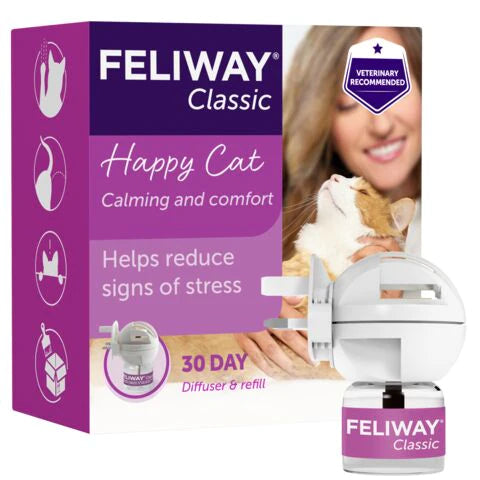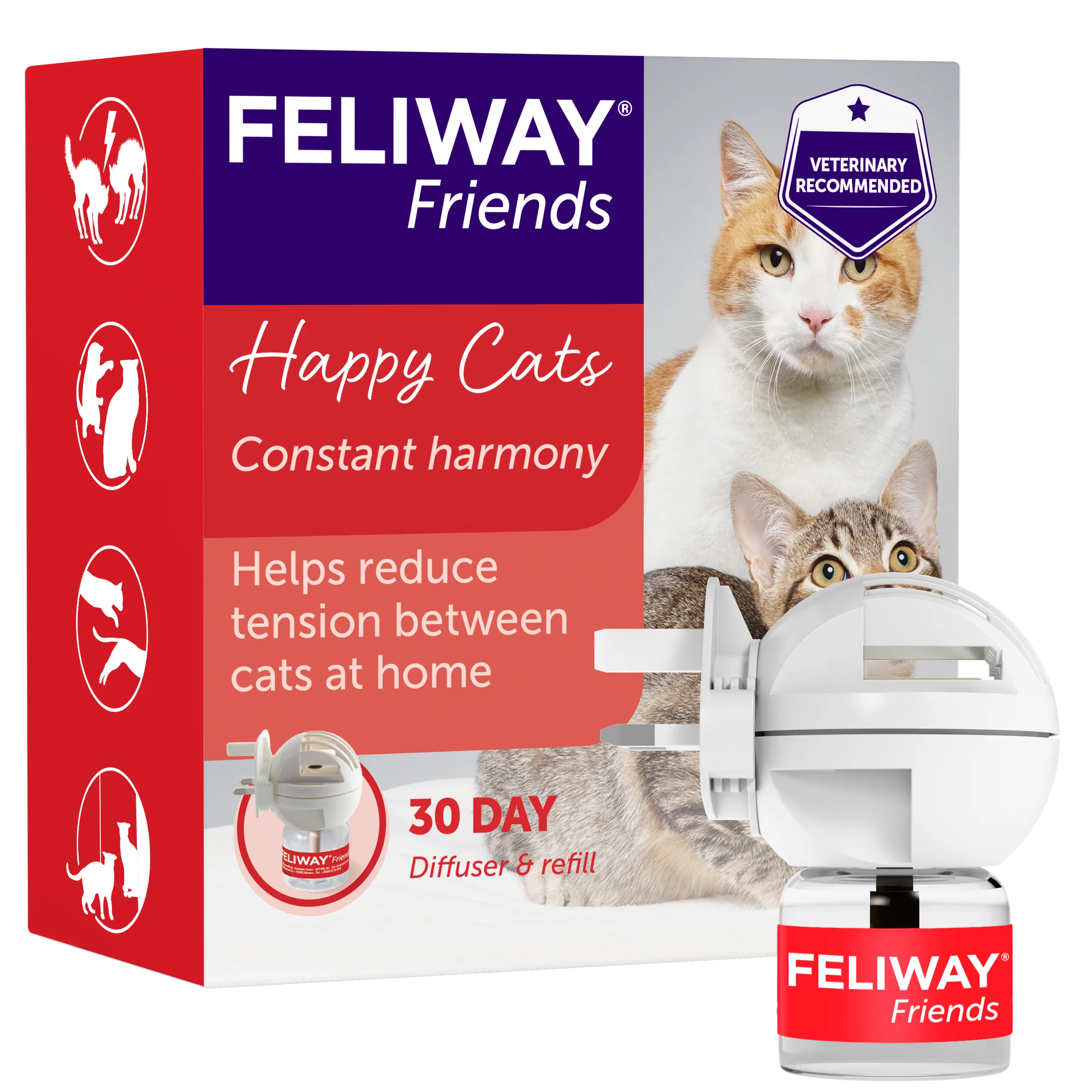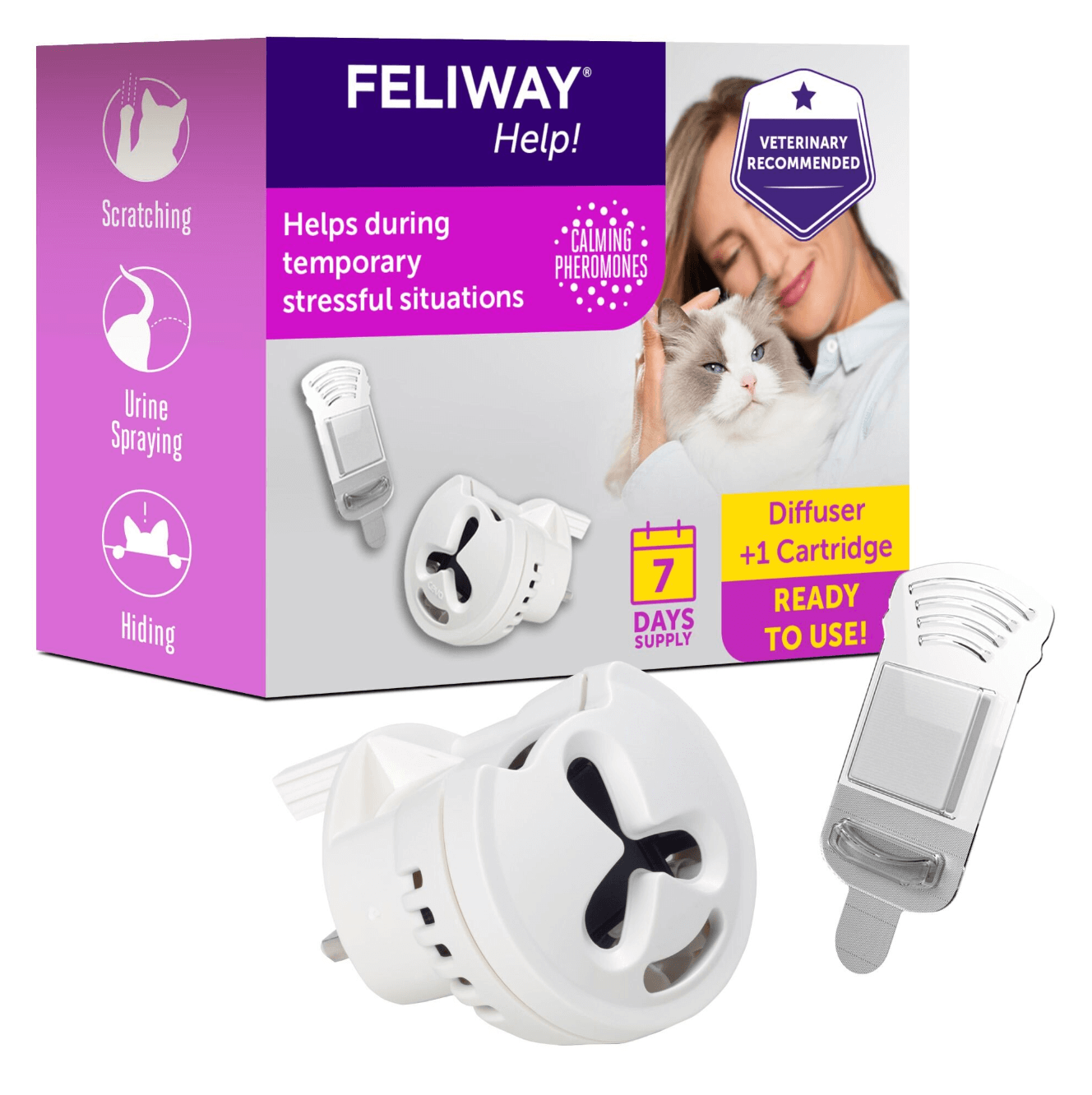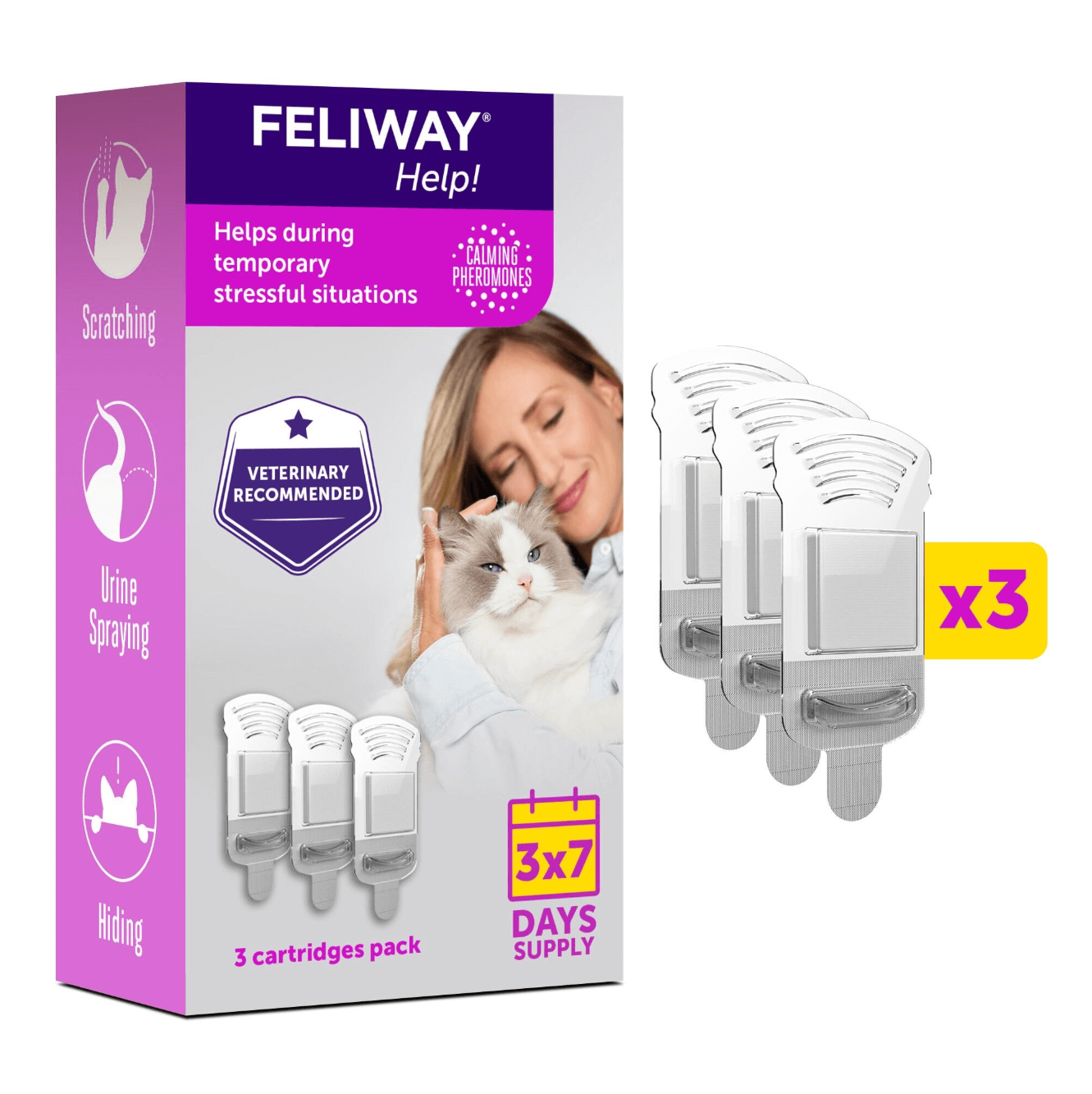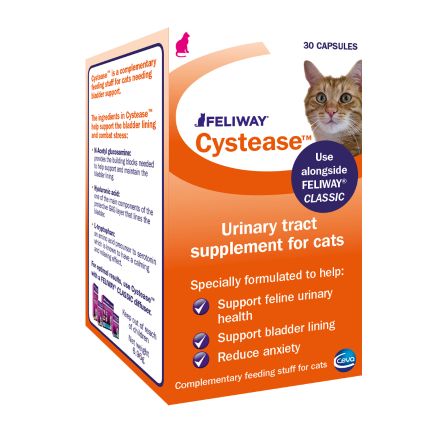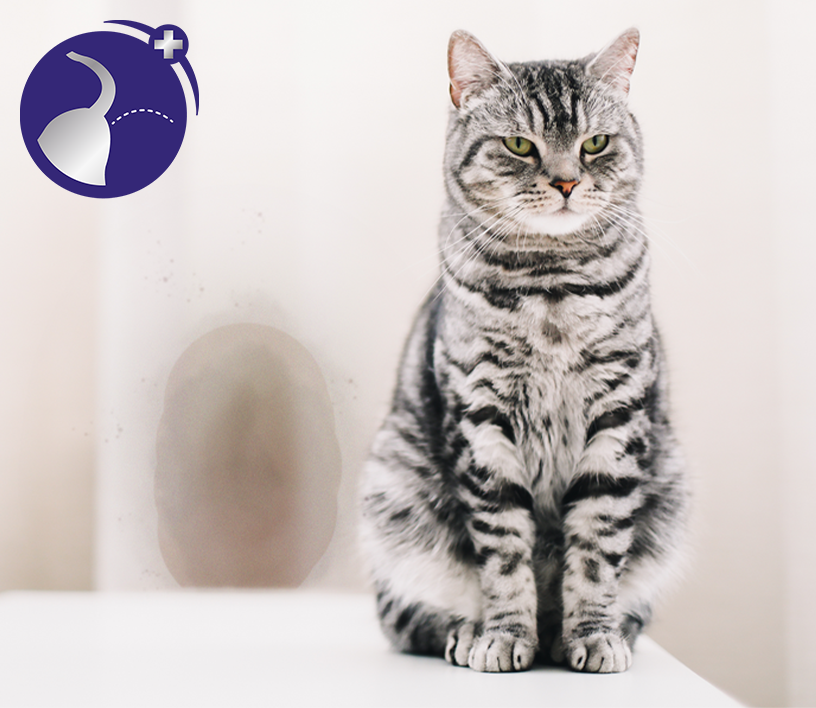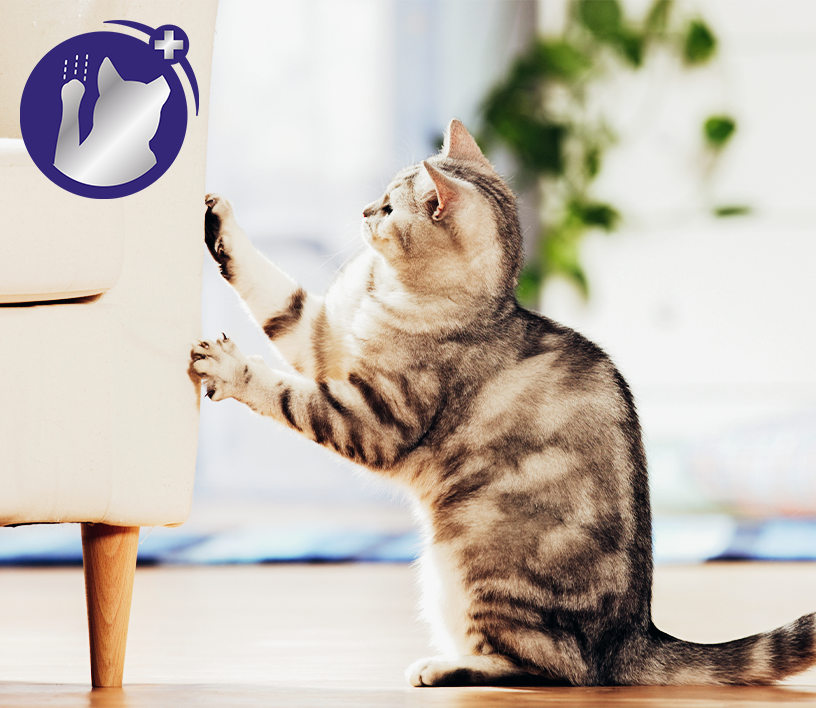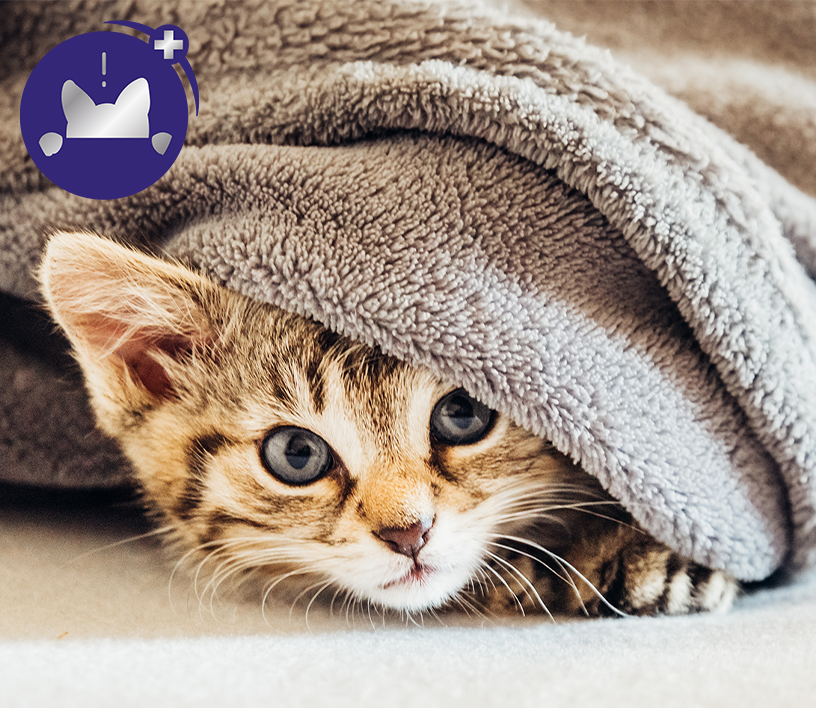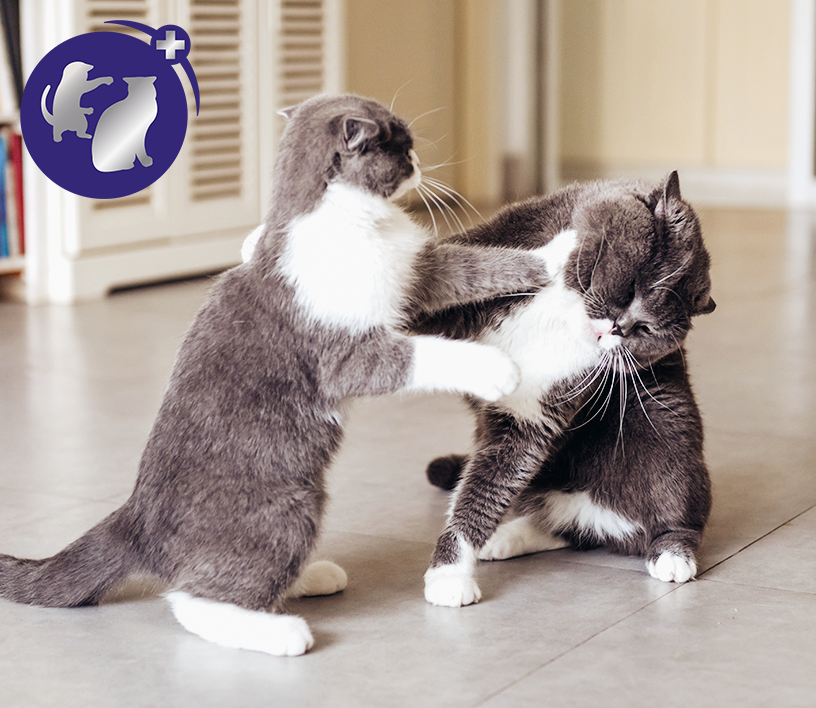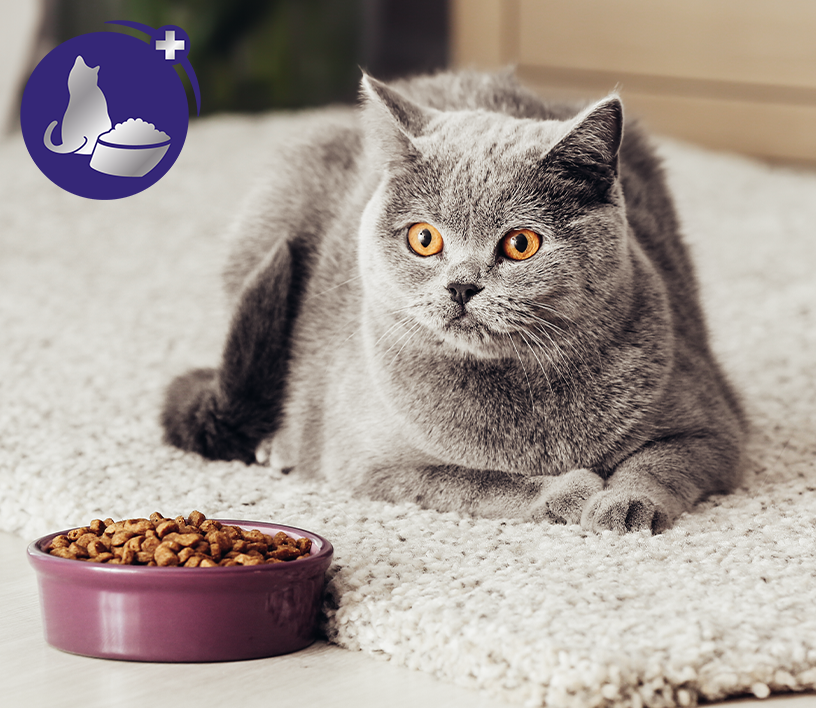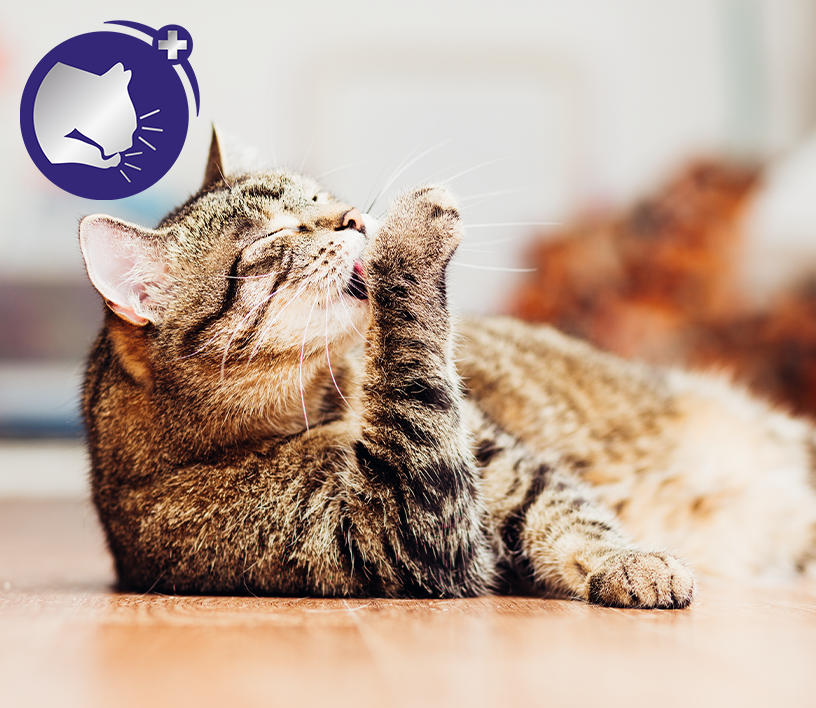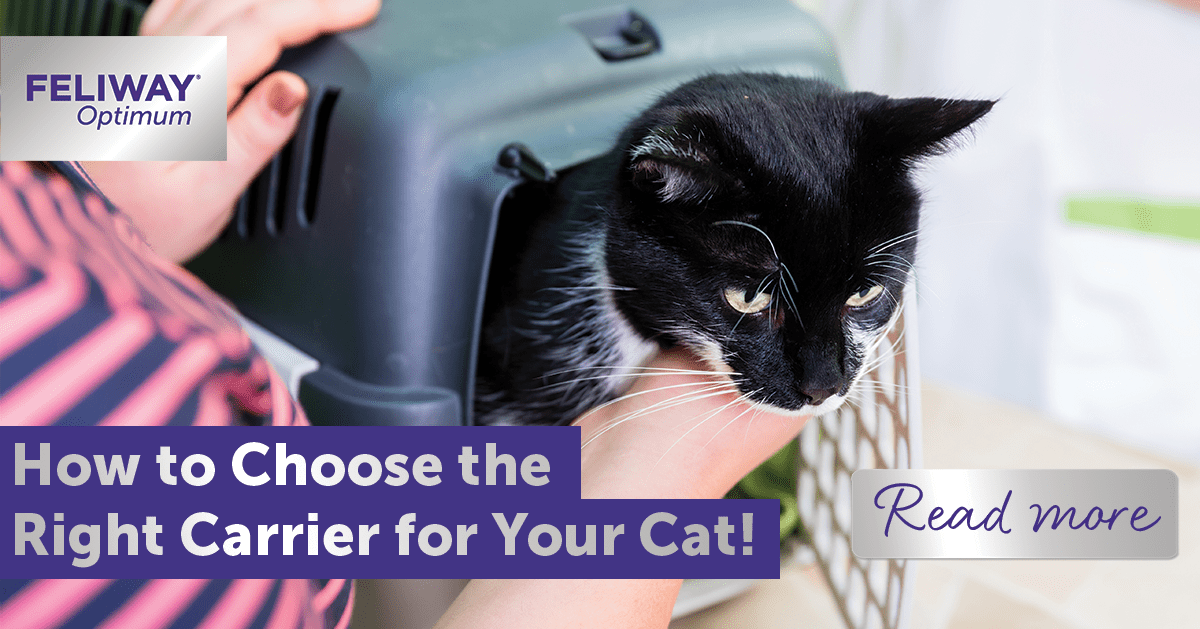
How to Choose the Right Carrier for Your Cat!
Roaming free and making their own choices, that's generally what cats like to do! But there are occasions when you need to be able to transport them and take them away from their home turf (like a trip to the vet) so it's important that your cat is comfortable with their mode of transport, and that you choose the right carrier for them.
Getting the right kitty carrier is important for a number of reasons:
Cats like cosy and enclosed spaces, so getting them used to a carrier at an early age will help them adjust. Once your cat accepts the carrier, any travel will be less stressful for themA carrier will keep them safe and secure whilst they are travelling in a car or on public transportBeing transported in a carrier reduces the risk of injury if, for example, you need to make an emergency stop.
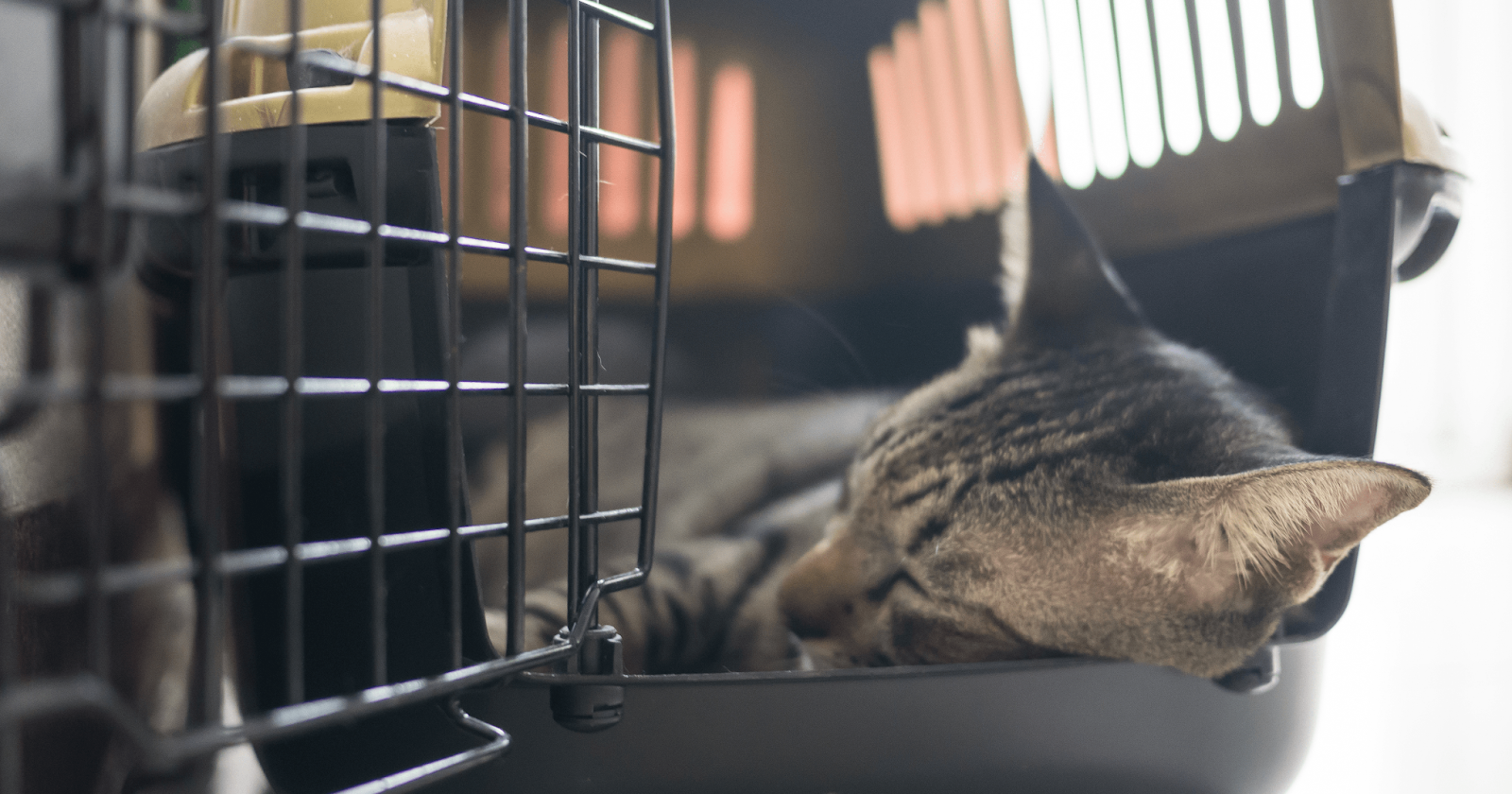
Type of carrier
There are a wide variety of carriers on the market and choosing the right one can seem complex! The ideal cat carrier should:
Be lightweight but strong. It may feel light on its own, but remember you will be carrying it comfortably with your cat and their accessories inside it.
Have easy access to enable you to lift your cat in and out securely, without your cat escaping.Allow a good flow of air to keep your cat comfortable.Be easy to clean.
The pros and cons of different types of carrier
Hard plastic carriers - these are generally very durable and easily secured. They come in a variety of sizes and they are easy to clean if soiled. Those that have both a top and front access are good features, as they will allow you to lift the cat out from the top, and also allow the cat to enter and exit on their own from the front.
Wire carriers - these are very durable, but they usually have just one access, by lifting the lid off. They are not as cosy for your cat, as they are very open, but covering it with a blanket when travelling will make your cat feel more secure.
Soft carriers - these are less bulky than plastic carriers and possibly lighter to carry. However, they can be harder to clean if your cat soils it and may be damaged by your cat if they scratch at the material.
Rolling style carrier - if carrying is an issue for you, rolling style carriers can be a good option. Bear in mind they can be tricky to clean and the vibration/sound from the rollers may be upsetting for your cat as you pull it along.
Cardboard carriers - these carriers should be considered a temporary option, as they are often small in size and are not very safe (a cat may escape and it can weaken if a cat soils in it).
Rucksack carriers - these can be useful when travelling on public transport with your cat. Consider the fact that your cat may want to hide away from other travellers, some styles include a very large window which may stop your cat being able to hide. Also remember to remove it from your back when you sit down on transport, or if you can stand with your back to a corner, this will help muffle surrounding noises for your cat.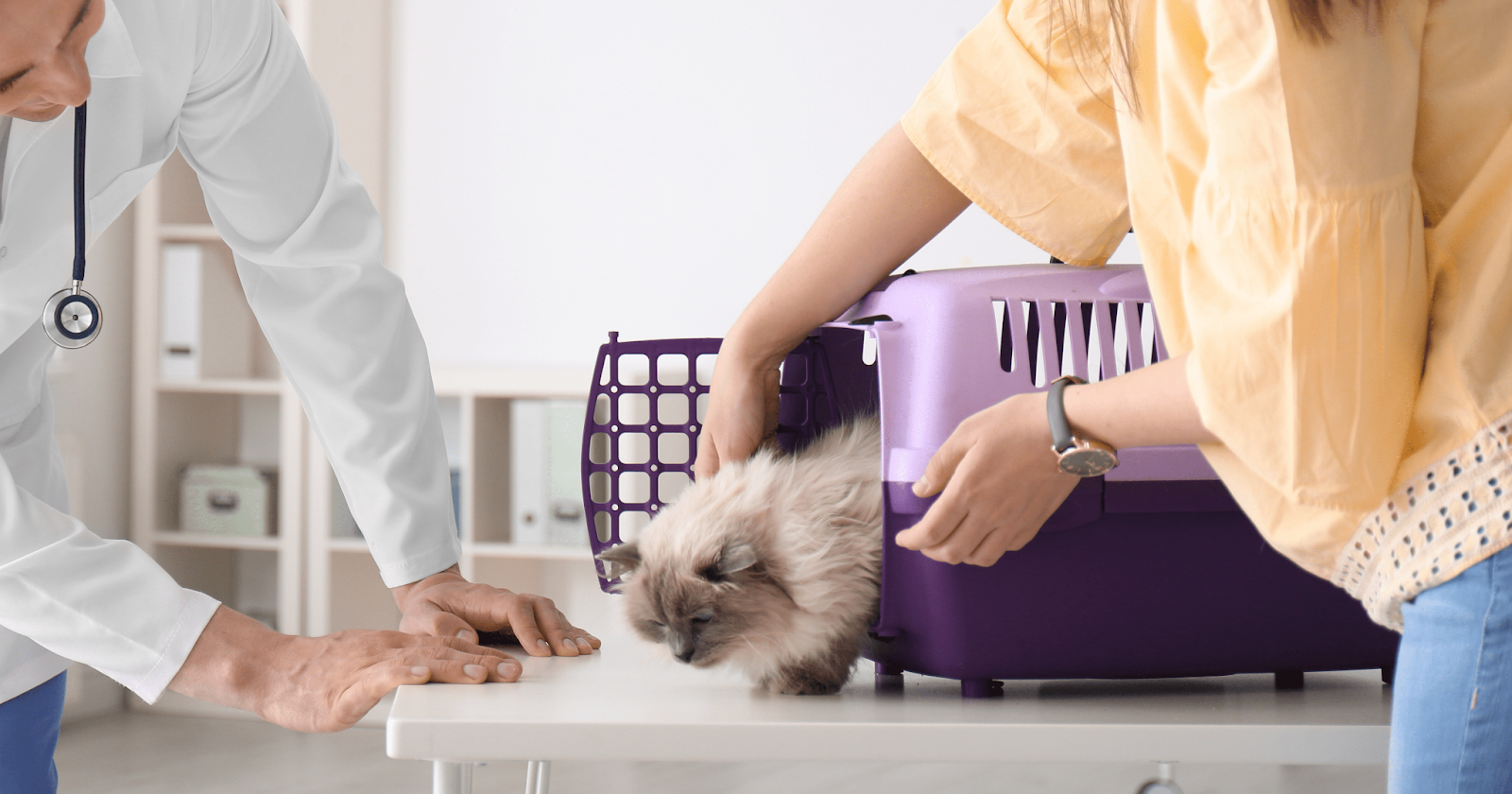
Carrier features
As for many cats the majority of trips are going to be to the vet, it is a good idea to consider what carrier is going to suit these visits:
Weight: Remember to take into account the weight of your cat, you need to be able to carry them together.
Accessibility: A carrier with a single door will limit your option of accessing your cat. Having both a top door and a front/side door (that are both lockable) will give you the ability to either lift your cat in and out, or allow them to enter and exit on their own.
Removable top: A carrier where the top can be removed, leaving your cat in their familiar territory, will enable a vet to examine them more easily.
Fixings: Remember that cats are wily creatures and can sometimes work out how to open doors and cupboards, so make sure the fixings of the carrier are secure and cat-proof. Also consider the noise they make, soft closures are less likely to scare your cat. Some carriers may have zippers or velcro fastenings, but a determined cat could force their way through these.
Size matters!
Not too large, not too small, but just right, you need to make sure your cat is able to stand up, sit down and turn around in their carrier. If it is too big, your cat may slide around inside; if it's too small, they will feel cramped and trapped.
Figure out the approximate size your cat will be when they are fully grown, take into account their breed and the size of their parents. You can pad it out with blankets and/or towels to make it smaller when your kitten is still young; this will help prevent them from sliding around when on the move.
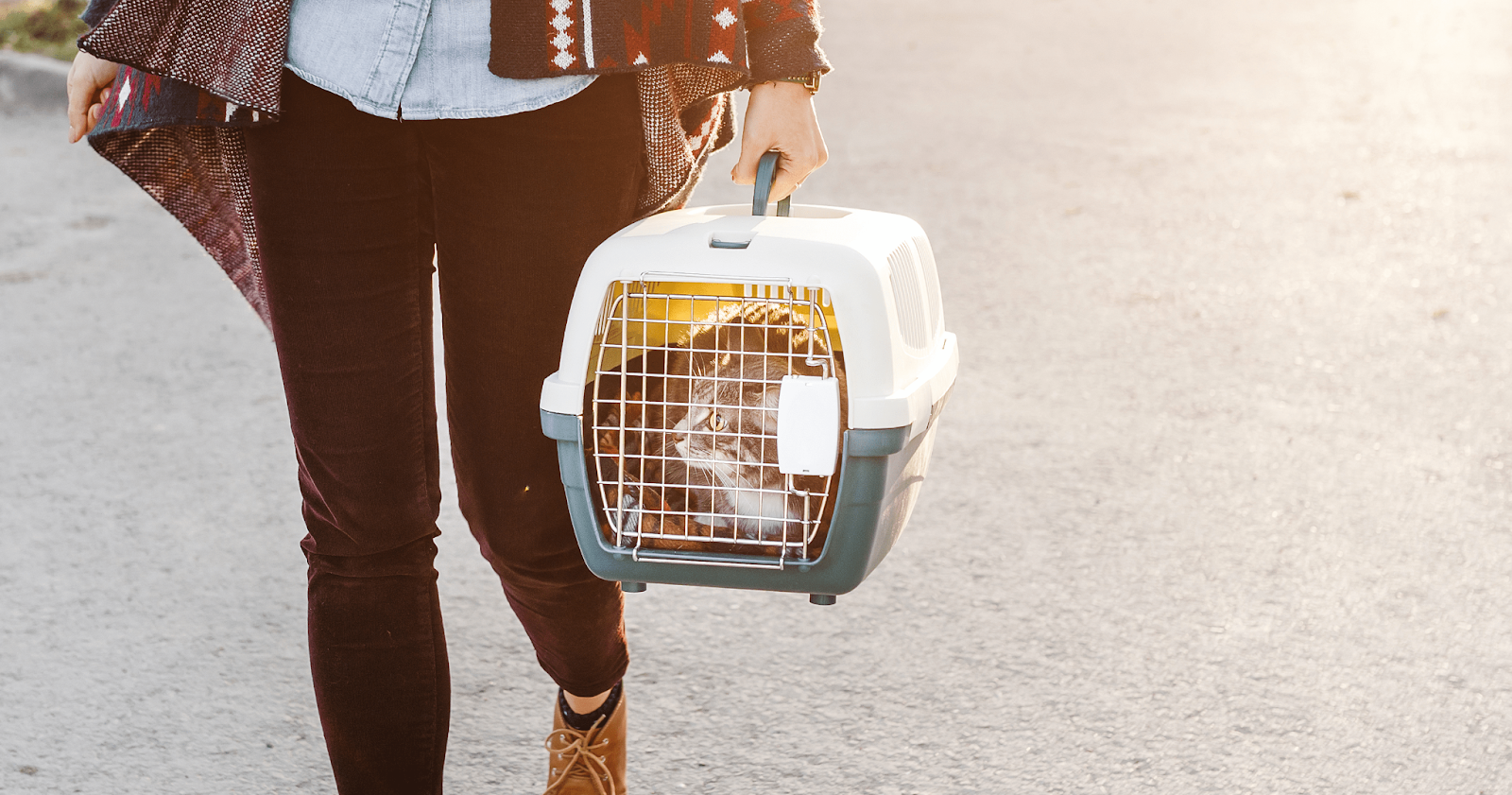
Make it appealing for your cat!
First and foremost, it's important to keep your cat calm while travelling to avoid stress and injury, and the best way to do this is to make sure the carrier appeals to your cat, so that they enjoy the experience.
Introduce the carrier to your cat at an early ageMake it part of their territory so that it becomes a normal piece of the furniture for them. Remember, cats don't like change and they would be very wary of a carrier that just appeared only when you need to take them out.Allow your cat to access the carrier in their own time. Leave it close by with the door open and attract them in by making it comfortable with a cosy blanket and perhaps some treats. Let them come and go as they please, so that they get comfortable using it and it becomes a safe area for them.When they enter the carrier, try closing the door for short periods of time, so they get used to it being closed.When they are in there, try lifting the carrier and moving it gently to another part of the room, to get them used to moving.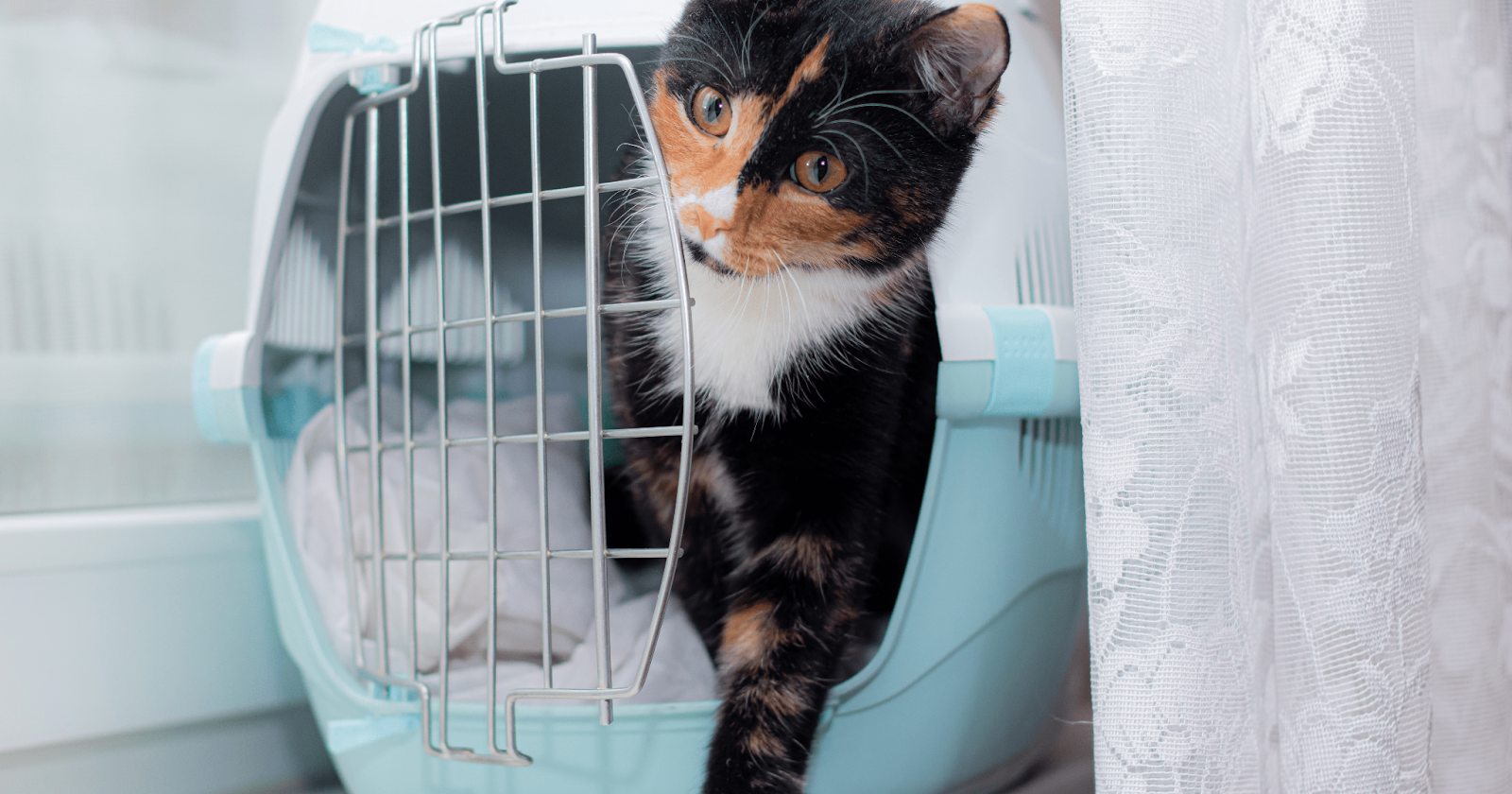
When travelling:
Spray the carrier and bedding with FELIWAY Classic Spray 15 minutes before you are due to leave. Do not use the spray directly on your cat.
FELIWAY Classic Spray helps to calm and reduce stress on-the-go, while also providing additional support at home.If you are a multi cat household, provide one carrier for each of your cats, rather than trying to transport them together in one large carrier.
Even if your cats live in harmony, travelling in close proximity could affect their relationship and make them anxious on the journey.
Place a treat or their favourite toy inside the carrier to encourage them to enter.When carrying, avoid swinging the carrier as you carry it or knocking it against furniture. This could feel like being on a roller coaster.
Keep talking to them in a gentle, calm voice during the trip to reassure them.If they are showing signs of stress, place a cover over the top of the carrier, making sure there is still plenty of air flow.
Drive carefully and try to avoid any sudden stops.Always praise and reward your cat for good behaviour, but never admonish them if they show signs of stress or anxiety.









